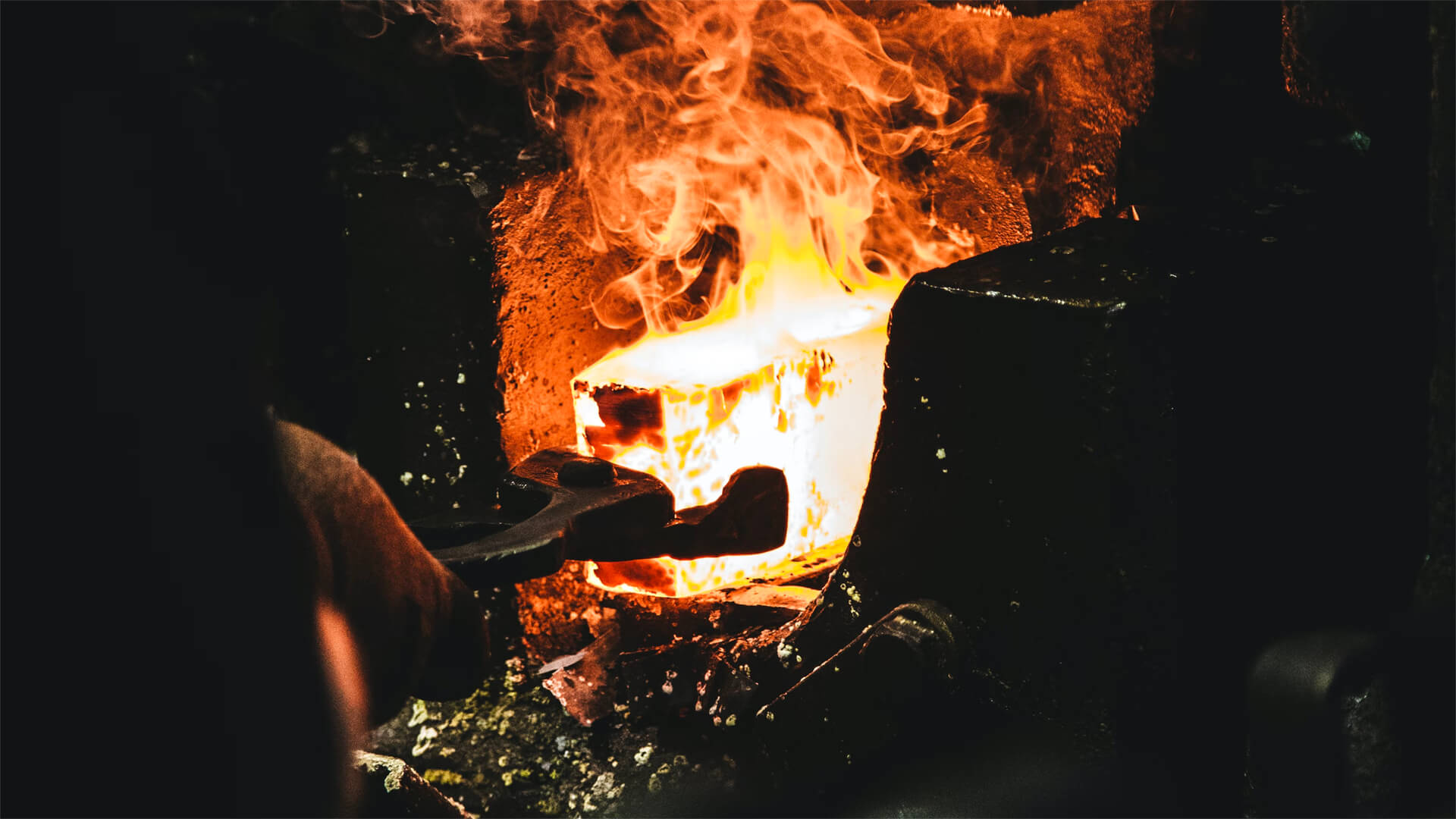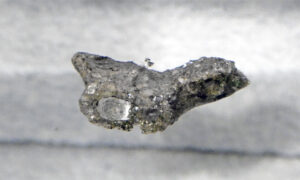Today we’re talking about the overlooked redheaded stepchild between mining raw materials and incorporating those into a product…processing. Essentially throwing tons of energy at the ore through several steps and facilities, converting them into usable materials like aluminum or steel.
For the vast majority of materials, this processing is carried out in 1 of 2 locations – China or Russia. This is a result of subsidies or cheap energy. However, all of that is changing thanks to the collapsing demographics of these two societies.
The reason for the redheaded stepchild analogy is that processing is about to become very annoying for the rest of the world. Not because it’s expensive or difficult to do but because the decrease in supply is culminating with an increase in demand thanks to the green movement.
Prefer to read the transcript of the video? Click here
Join me on Feb. 17th for the webinar – Global Outlook: One Year into the Ukraine War.
We’ll dive into the global impacts the war has had on supply chains, agriculture, and much more. After my presentation we’ll have a Q&A portion to answer all those burning questions.
Here at Zeihan On Geopolitics we select a single charity to sponsor. We have two criteria:
First, we look across the world and use our skill sets to identify where the needs are most acute. Second, we look for an institution with preexisting networks for both materials gathering and aid distribution. That way we know every cent of our donation is not simply going directly to where help is needed most, but our donations serve as a force multiplier for a system already in existence. Then we give what we can.
Today, our chosen charity is a group called Medshare, which provides emergency medical services to communities in need, with a very heavy emphasis on locations facing acute crises. Medshare operates right in the thick of it. Until future notice, every cent we earn from every book we sell in every format through every retailer is going to Medshare’s Ukraine fund.
And then there’s you.
Our newsletters and videologues are not only free, they will always be free. We also will never share your contact information with anyone. All we ask is that if you find one of our releases in any way useful, that you make a donation to Medshare. Over one third of Ukraine’s pre-war population has either been forced from their homes, kidnapped and shipped to Russia, or is trying to survive in occupied lands. This is our way to help who we can. Please, join us.
CLICK HERE TO SUPPORT MEDSHARE’S UKRAINE FUND
CLICK HERE TO SUPPORT MEDSHARE’S EFFORTS GLOBALLY
TRANSCIPT
Hello from sunny Colorado, Peter Zeihan here. Today we’re going to talk about processing. So a lot of people are familiar with some of the issues and opportunities that come from any number of industrial materials, whether that’s iron ore or aluminum or lithium or cobalt. But in between the mining and the actually incorporating the product into something that we actually use like lithium into a battery or steel into a car, there is an intermediate processing step that tends to just kind of get ignored and that’s about to become a very large concern for any number of sectors and countries.
Once you get the raw material, the ore, the industrial material itself out of a mine, you then have to basically throw a lot of energy at it. Breaking down the orders to separate out the metals or the other materials that are within is an incredibly energy intensive process that usually takes place over several steps and within those several steps, not always can the same facility do all the same processing.
So for example, you can smelt bauxite in order to get an intermediate product that looks a lot like cocaine called alumina. But then a different facility is needed to basically electrocute the crap out of it in order to transform it into aluminum. And you’ve got processes like this for everything, typically for steel, your first step is to throw it into a foundry with some coal into a blast furnace, and then you get something called pig iron. And then as a rule, another facility will turn it into type of iron and steel that we use every day.
Now, the problem we’re facing is that most of the world’s materials processing is done in two specific locations. The first is in China. Now the Chinese have heavily subsidized their entire industrial base whenever they find a technology that they can master without needing input from another country. And since steel smelting was developed well over a century ago, this is something they have no problem doing. So they are by far the world’s largest producer of raw and finished steel. Though subsidies have taken the form in many cases of financial assistance. Basically, if you can get a bottomless supply of 0% loans and you can build whatever infrastructure you want, and that’s helped drive more profit driven industries out of business around the world.
The second big player is Russia, and this is largely because they have very cheap electricity, because when the Soviet system collapsed in 89, the entire industrial base basically went kaput, except for the electricity generation system. So what the Russians did was they would import raw materials, use their cheap power and their cheap coal to do the processing, and then export a degree of value added materials. And they do this pretty heavily with aluminum. They do this with chromium, they do with this what, titanium materials that they don’t really mine themselves, but they will bring them in for processing. There are very few materials in the world where this is not true. And if you’ve been following me for some time, you know that these are the two major countries that are facing the biggest demographic economic, financial and security crises of the world we’re evolving into.
So we need to prepare for a system where materials that come out of these two countries, intermediate and finished materials, maybe don’t go to zero, but certainly face a significant
collapse in the volume that they produce. There’s nothing about this that can’t be done anywhere else. It doesn’t even take a huge amount of time and it doesn’t even take a huge amount of money because a lot of this is technology that’s, you know, 50 or more years old. But that doesn’t mean it’s free. And that doesn’t mean we can do it overnight. And even if all siting and regulatory concerns vanish, you’re probably not going to put up a smelter for cobalt in the United States and anything less than a year.
So not only with the way technology is evolving do we need a lot more critical materials and not only with the industrialization of the United States, do we need a lot more steel and aluminum? And not only with the green transition, we need a lot more graphite and chromium and nickel. We’re also looking at losing a lot of the world’s processing capacity for these things all at the same time. Something’s going to have to give and that is going to be one of the greatest economic arguments, fights and perhaps even wars of the next ten years.
Stay tuned. We’ll talk about more of this sort of thing on and off for the next several months, because it’s getting to the point where it’s becoming not a hypothetical problem in the future, but a problem in the here and now.
Oh, hey, all this talk of processing reminds me that we are having a webinar on February 17 that is going to be going into the economic implications of the Ukraine war one year on, and the implications for Russian minerals and minerals processing is a big, big part of all of that. So we’re going to include the sign up information for that webinar at the end of this email. Feel free to come. Anyone who signs up is going to get a PDF of the full presentation, complete with the data and the graphics, as well as a link to the video itself for future ruminations.
Okay, that’s it for me. For real. Until next time








